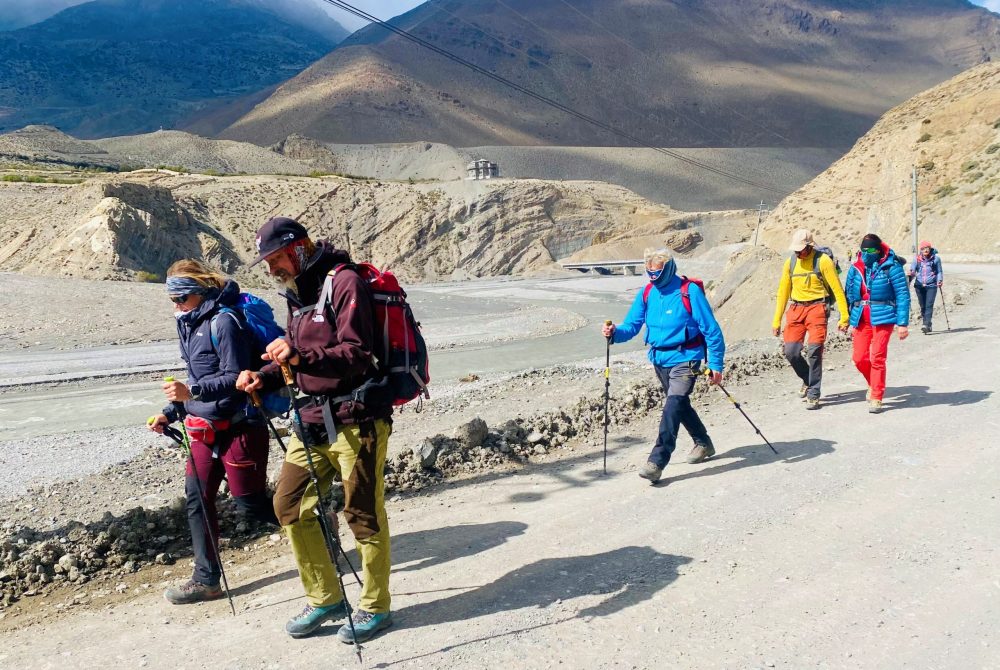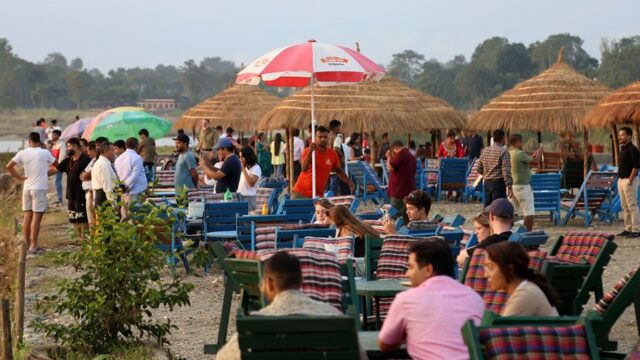The picturesque Himalayan district of Mustang has witnessed a remarkable surge in foreign tourist arrivals in the first four months of 2025. According to the Annapurna Conservation Area Project (ACAP) office in Jomsom, a total of 51,896 foreign tourists visited Mustang between January 1 and the end of April this year.
This significant increase reflects a growing interest in the region’s unique cultural, historical, and spiritual significance. ACAP Jomsom’s Chief, Rajesh Gupta, described the rise in tourist numbers as “unexpected and encouraging,” signaling positive momentum for tourism in this mountainous destination.
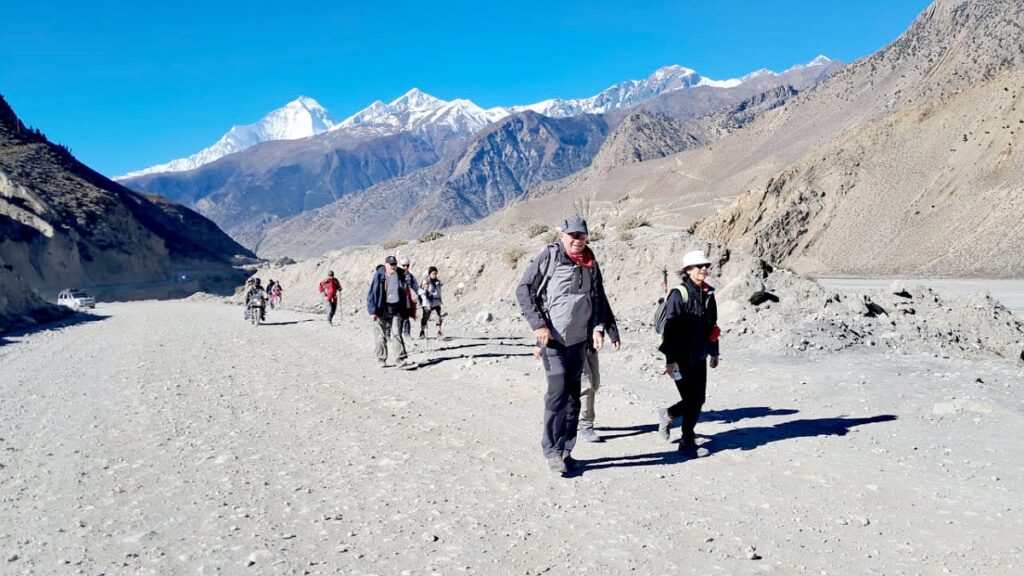
Among the total number of foreign visitors, 43,151 were from SAARC (South Asian Association for Regional Cooperation) countries, while 8,745 were from non-SAARC nations. This data highlights that approximately 83% of foreign tourists came from SAARC member states, with the remaining 17% arriving from other parts of the world. The majority of SAARC tourists were Indian nationals, who have traditionally shown a strong religious and cultural affinity to the region.
A month-wise breakdown of the 2025 figures reveals a consistent growth pattern. In January, 4,346 foreign tourists visited Mustang. This number increased to 5,330 in February, followed by a dramatic rise to 19,095 in March and peaking at 23,152 in April. Compared to the same period in 2024, when Mustang welcomed 37,974 foreign visitors, the year 2025 has seen a sharp increase of approximately 936.66% in tourist arrivals during the same four-month span.
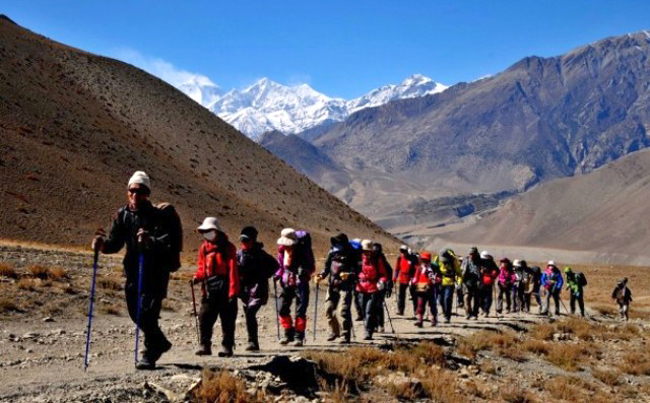
This boost in tourism is attributed to Mustang’s blend of natural beauty, spiritual pilgrimage sites, and cultural richness. Suraj Gurung, a hotel entrepreneur from Muktinath, emphasized that most foreign tourists are drawn to Mustang to experience its historic and religious landmarks, traditional culture, and unique Himalayan lifestyle.
One of the major attractions for foreign tourists, particularly those from neighboring India, is the sacred Muktinath Temple. This revered pilgrimage site is a shared spiritual destination for both Hindus and Buddhists. Visitors flock to Muktinath for its religious significance, natural beauty, and tranquil surroundings.
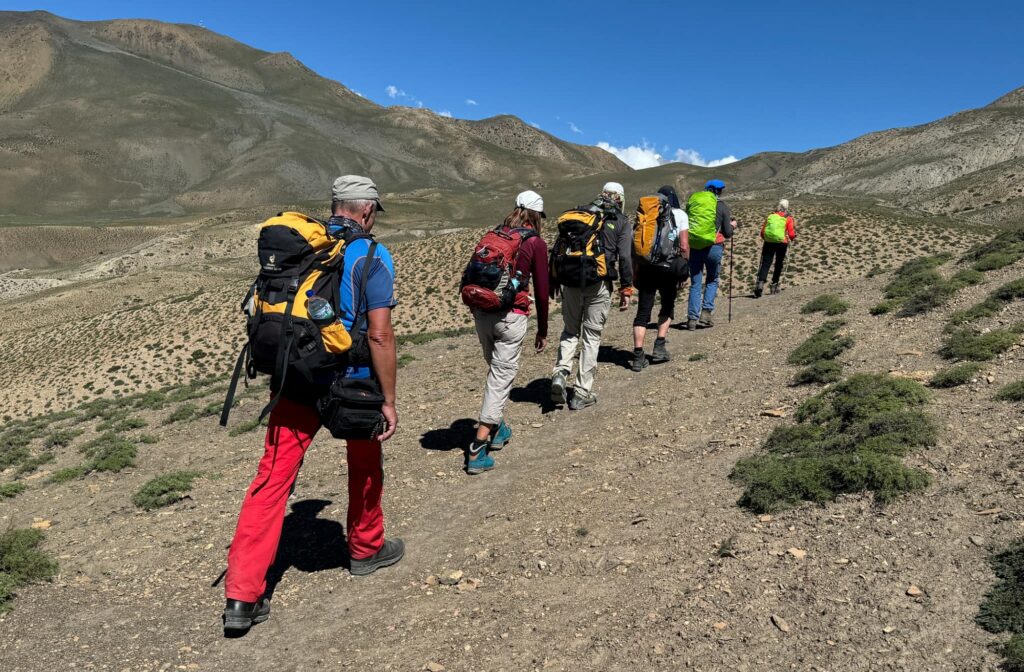
In addition to Muktinath, Mustang offers several other notable tourist sites that contribute to its rising popularity. These include the sacred Damodar Kunda, the mystical Chhoser Caves, the royal palace of Lo Manthang, the revered monasteries like Nifuk Gumba, Lo Ghekar Gumba, Charang Gumba, and Luri Gumba, and scenic destinations like Dhumba Lake, Sekung Lake, and Titi Lake.
Other attractions such as the Mustang Gate, Salt Mines, the cultural town of Kagbeni, the bustling Jomsom Bazaar, and the traditional village of Marpha are also drawing both domestic and international tourists. The Upper Mustang region, with its arid landscapes, ancient architecture, and vibrant Tibetan-influenced culture, is becoming increasingly popular among travelers seeking off-the-beaten-path experiences.
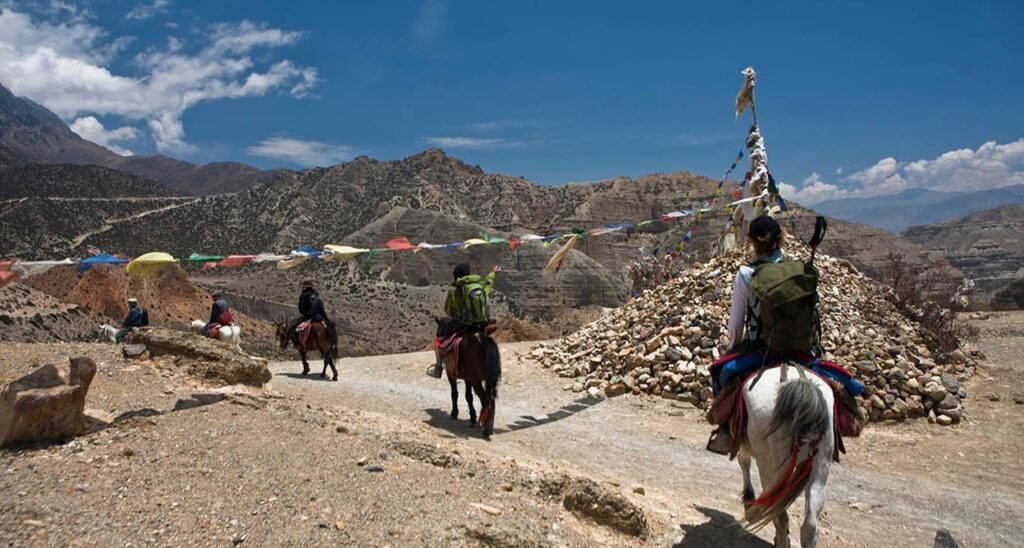
With such a diverse range of attractions, Mustang has become a year-round destination for both adventure seekers and spiritual pilgrims. The growing number of tourists has also provided a much-needed boost to the local economy, especially for hotel owners, guides, porters, and other tourism-dependent businesses.
The local government and tourism stakeholders are now encouraged by these trends and are expected to invest further in infrastructure and promotional campaigns to maintain and enhance Mustang’s appeal to the global tourist market.
